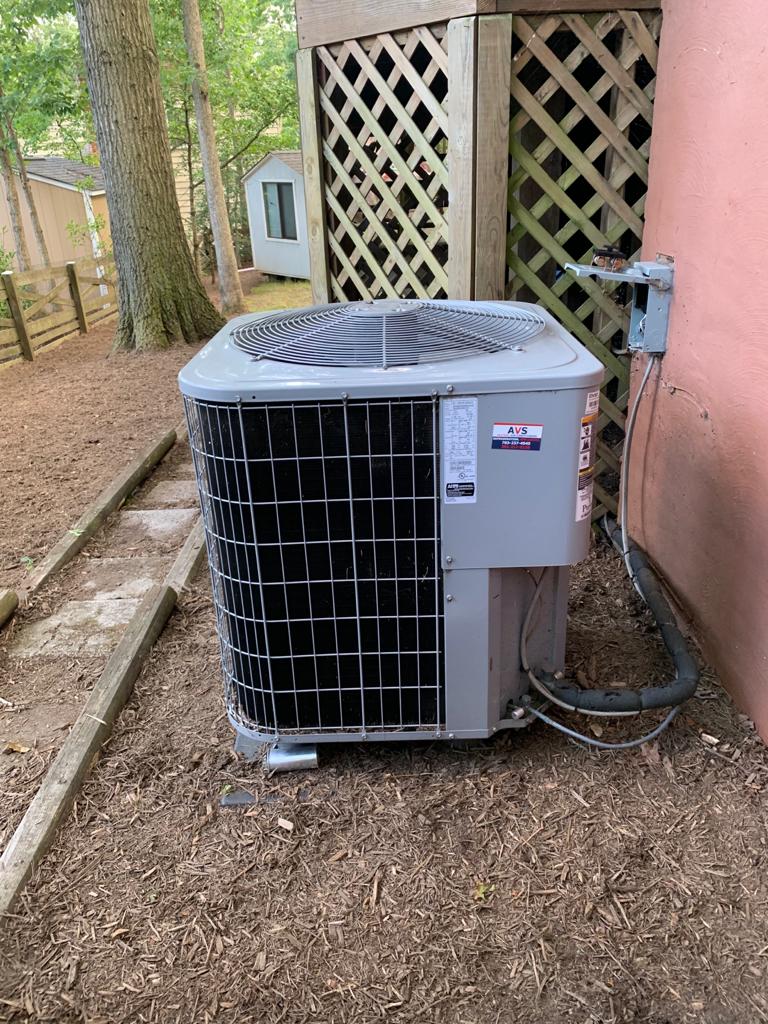
Heat Pumps – How They Work
Heat pumps are devices that are used to either heat or cool an indoor setting, which may be your home, office or any other area of your house. It is quite interesting that heat pumps can be used to both heat and cool a house. When heat pumps act as a heater, they draw necessary heat from the surrounding air or from the ground, and warm the rooms, whereas the reverse process is carried out in cooling the room. Simply stated, when acting as a coolant, the heat pumps draw out the heat or the warm air from the rooms and thus make it cooler. Heat pumps are very efficient in their working. Heat pumps can be better used as an alternative energy source for the home appliances and offices. Installing heat pumps can help you save on your energy bills as compared to the heavy expenses of air conditioners and furnaces. There are many types of heat pumps, like air source heat pumps, ground source heat pumps and geothermal heat pumps. Let’s discuss their working and understand the various facets of heat pumps and how they work.
Geothermal Heat Pumps – How They Work
Geothermal energy is the energy that is buried deep beneath the Earth. As the name suggests, geothermal is derived from the Greek words ‘geo’ (Earth) and ‘thermos’ (thermal/heat). It is a fact that the deep underground Earth temperature lies between 50 to 700F. Geothermal energy is usually more useful in the areas near plate tectonic boundaries, as the magma near these locations often rises close to the surface. Geothermal energy and its advantages are now a major subject of research and scientists are trying to tap this form of energy to the fullest possible extent.
When it comes to geothermal heat pumps, no fuel is required for the supply of the heat. Instead, the heat energy of the Earth is supplied through pipes to the specific area where the heat is required. How is the heat supplied to long distances? Well, there are a series of pipes, known as loops, that are installed beneath the surface of lakes or underground and with the help of these pipes, the heat is supplied to the homes. You must have observed the pipes submerged in rivers and lakes in many areas, where the geothermal heat pumps are widely used. When the heat reaches its destination, electrically operated compressors and heat exchangers concentrate the heat energy. This concentrated form of heat energy is at a higher temperature and this is finally released inside the homes. Inside the house, the branched ductworks distribute the heat to various rooms.
In the summer season, the geothermal heat pumps draw the excess heat energy of the house and let the Earth absorb it. Its working is exactly similar to that of the air conditioners, that draw excess hot air from the house and blow cold air into the rooms!
Ground Source Heat Pumps – How They Work
The ground source heat pumps are used in homes and workplaces. A typical ground source heat pump consists of a ground loop, a heat pump and a heat distribution system. The ground loops consist of plastic pipes that are buried in the ground. Generally, the pipes are either buried in boreholes or horizontal trenches. However, a vertical and slinky loop system is also used in many places. The pipe is filled with a mixture of water and antifreeze, which is circulated in the loop that is buried in your garden or any other suitable place. When the liquid is traveling around the loop, it absorbs the heat energy of the ground. The length of the loop depends on the amount of heat you require and the size of your home. As mentioned, the loop is coiled in trenches (2 meters deep) or laid flat, but if you have less space, then you can vertically install the loop to a depth of around 100 meters. The efficiency of a ground source heat pump is measured by a factor called the coefficient of performance, that is a ratio of the amount of electricity used and the heat produced.
Heat pumps are cost effective, efficient and an eco-friendly option, yet still require electricity to function. They are considered as a viable option for solving energy problems globally and are gaining popularity among homeowners in the United States.


